Felicity Donaldson, aka Wundaire, has built a thriving ceramics brand through the power of persistence and creative collaboration
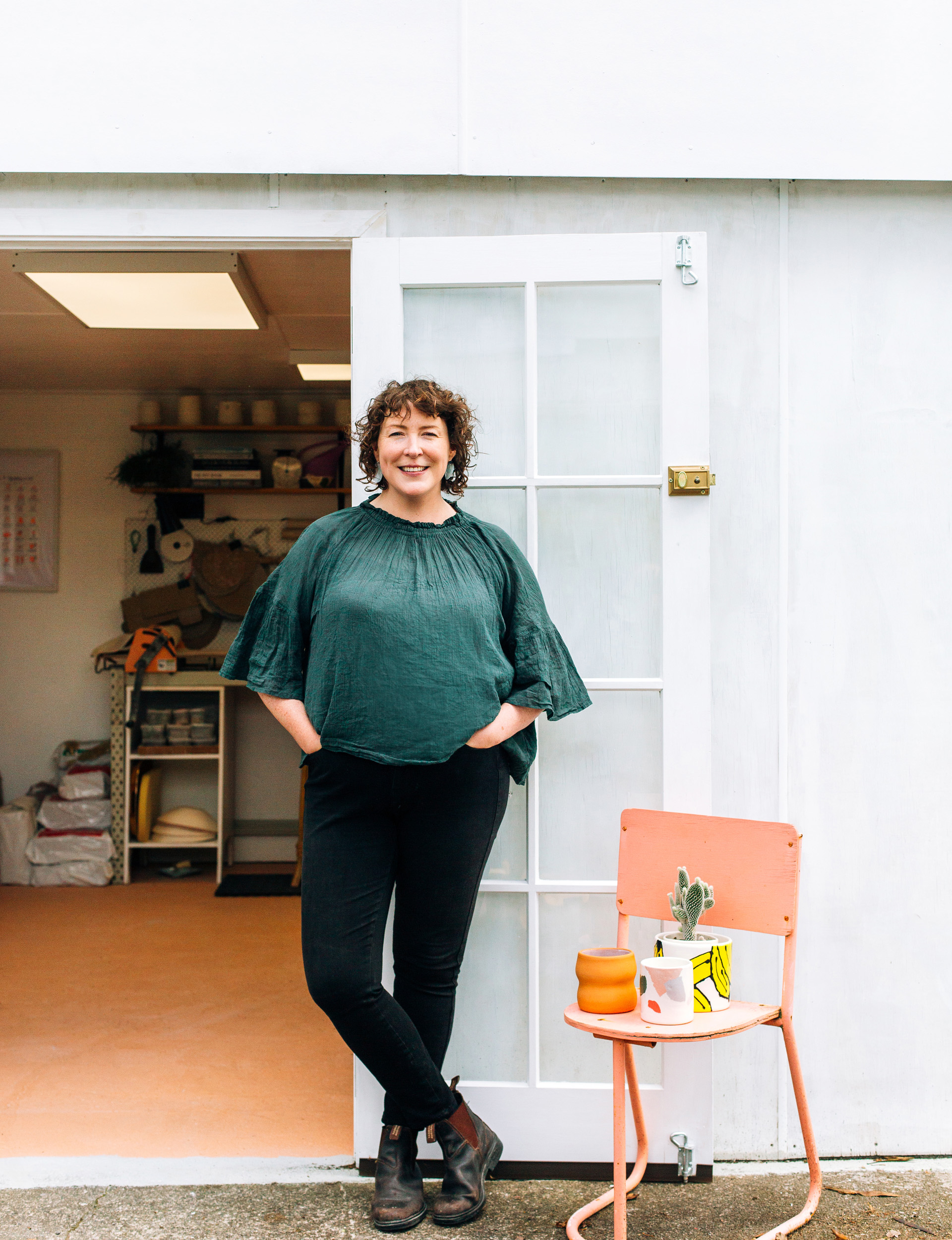
What were you doing before you started making ceramics?
At uni I studied science down in Dunedin, with some papers in design, but the jobs when I graduated were mainly in the research field, which didn’t particularly interest me. I started working as a visual merchandiser, and ended up spending 10 years as a window dresser, doing store planning and creating displays. I enjoyed it; it was a creative way of making money, but I was never passionate about it. I also worked in hospitality on and off.
Later, once I started making ceramics, all the study and jobs I’d done started to make sense, and all the skills I’d acquired came in handy for running my own business and teaching workshops. I probably use my degree more now than I ever have before.
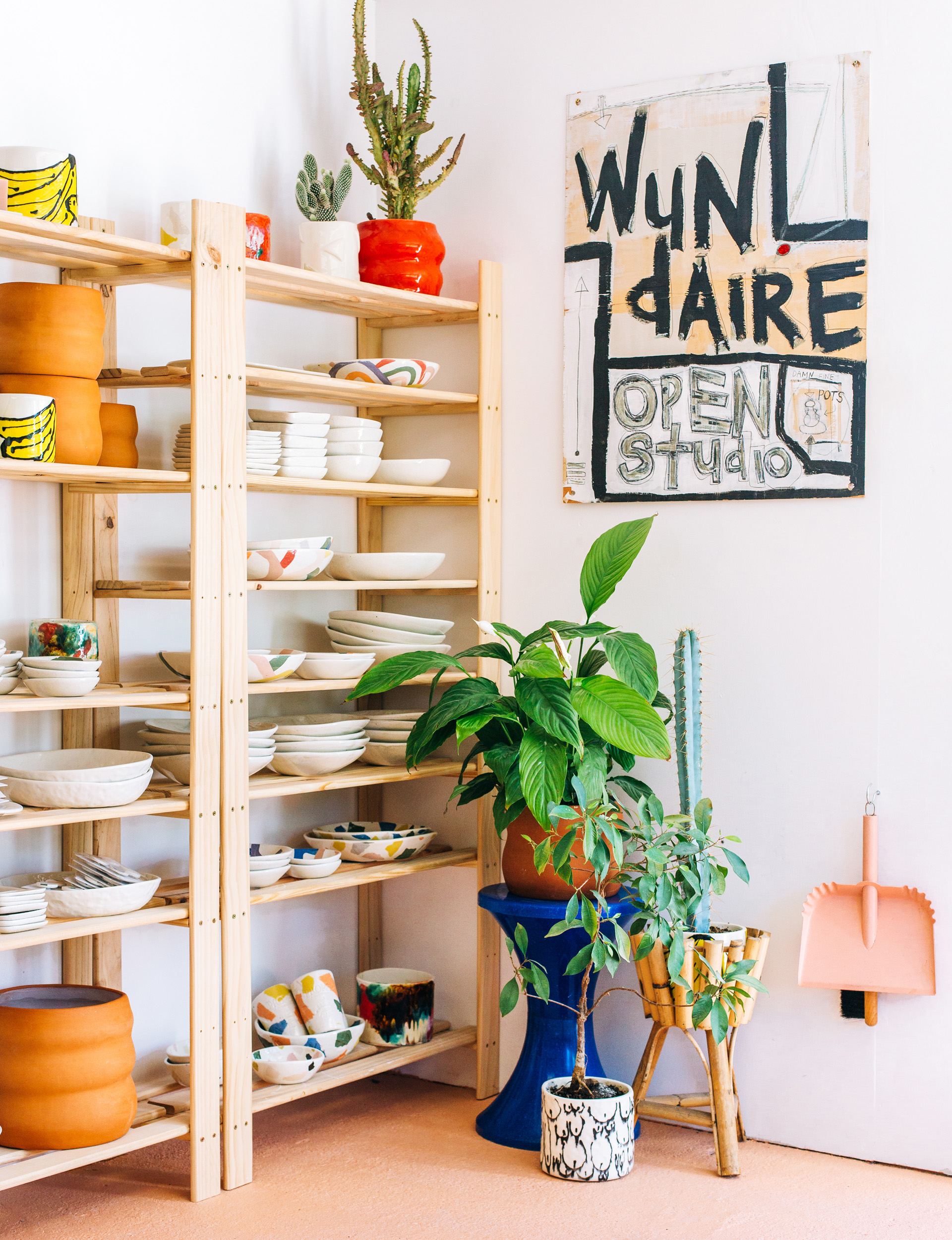
Can you tell us about your first encounter with clay? What did you love about it?
I was living up in Auckland, and did a 10-week course at Auckland Studio Potters. I thought it would be more instructive, like: ‘Today we’re going to make a cup’ but it was a lot more casual than that, more like: ‘What do you want to know?’ I wanted to make big pots for my plants because I couldn’t find any I liked in retail. So I started with that and ended up learning a whole lot of different techniques that I wouldn’t have learned in a more directed class. Clay and ceramics just made sense to me and I realised, ‘Oh, this is it. This is my medium.’
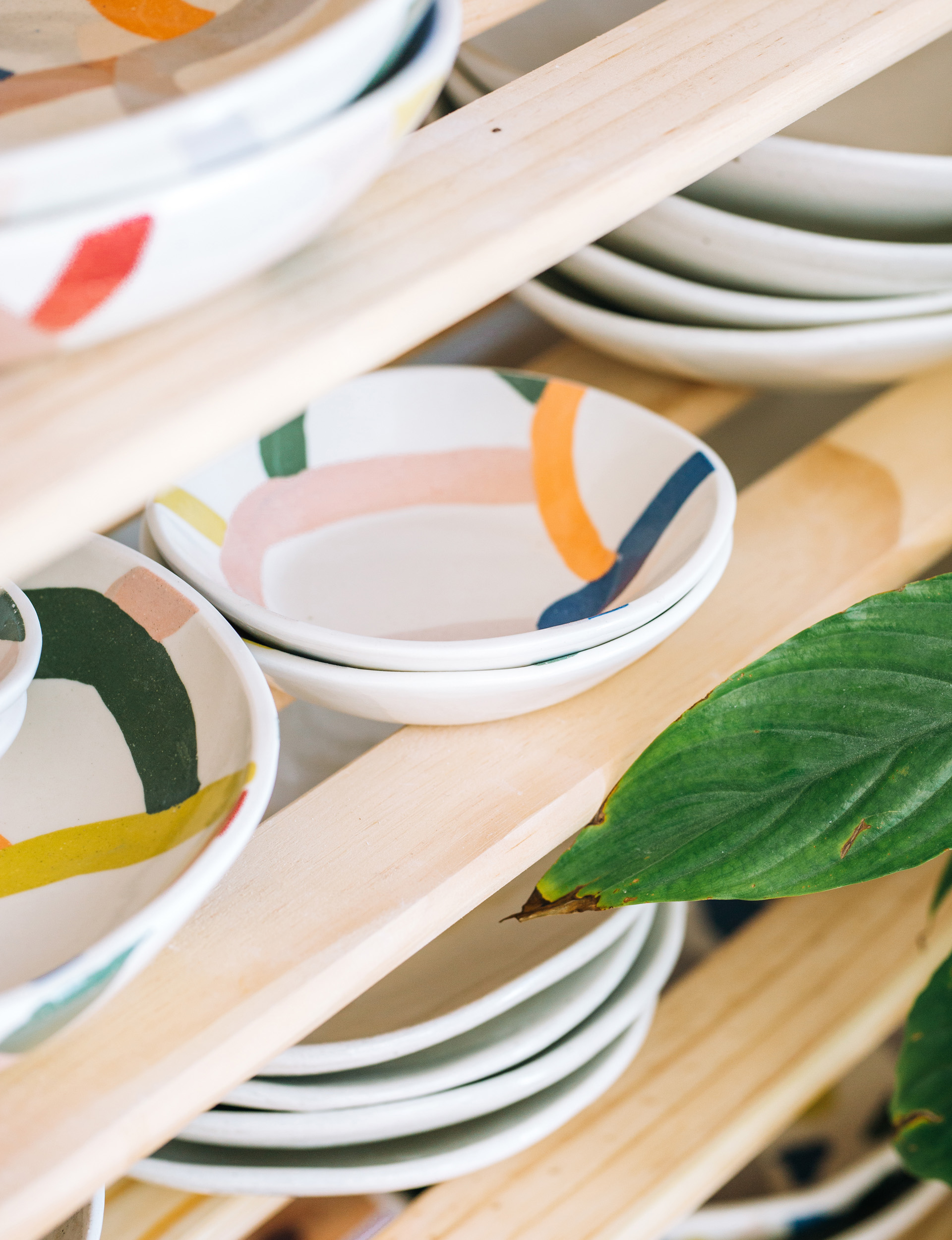
How did you go from those first pots to making ceramics your main gig?
It just sort of took over. I started making quite a bit and also started an Instagram account quite early on, with the name ‘Wundaire’, which I already had in my head. That branding came from my retail experience; I wanted it to be separate from my own name so that it could be scalable further down the track.
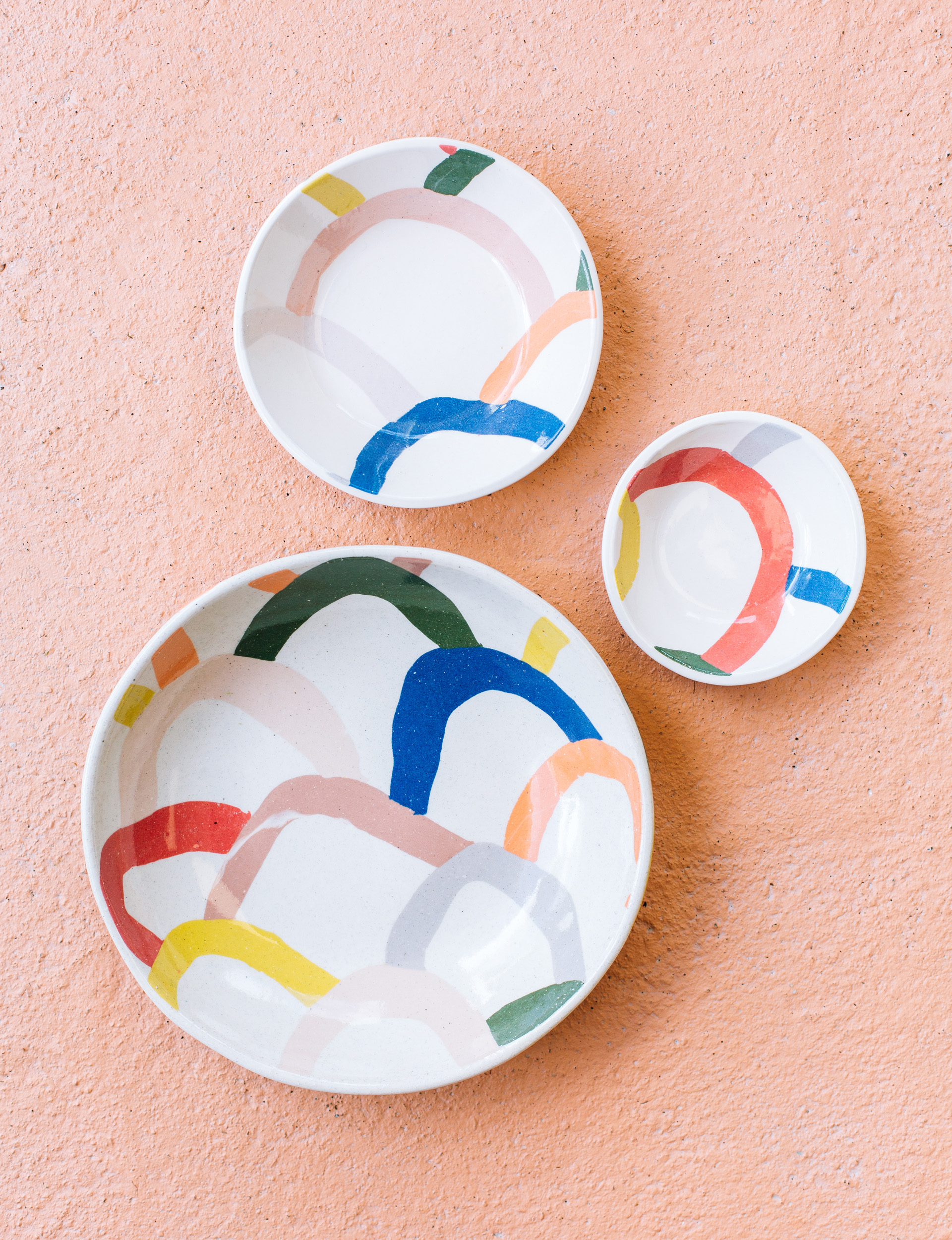
I was contacted by Unna Burch of The Forest Cantina about making some dinnerware for her first book, then I was featured in a magazine, even though I had only been making pots for about six months. Suddenly I needed to free up some time (and space – pots were taking over my house!) to make work. This place in Bethells Beach really called to me, so I moved out there, to a one-bedroom house with a garage attached, got a kiln, dropped back my VM work, went all in on the pottery and started making work for shops and cafes. But even then, I wasn’t making a real living.
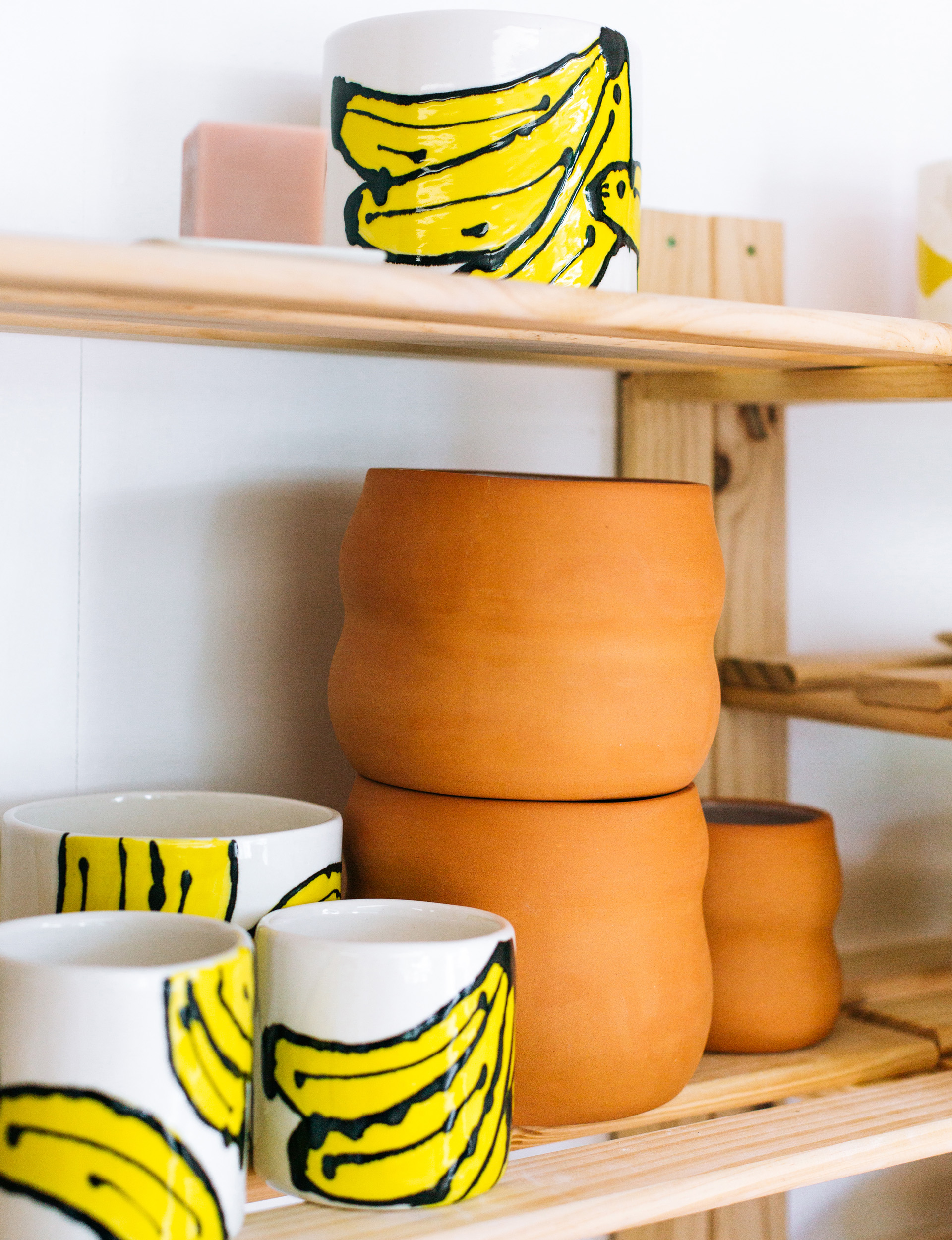
It wasn’t until I moved back down to Wellington that things started to click. My friend, the designer Georgia Jay, told me that at some point you have to quit your part-time jobs, cut the apron strings and just commit to it. That was really good advice. Freeing up mental space and time is extremely liberating.
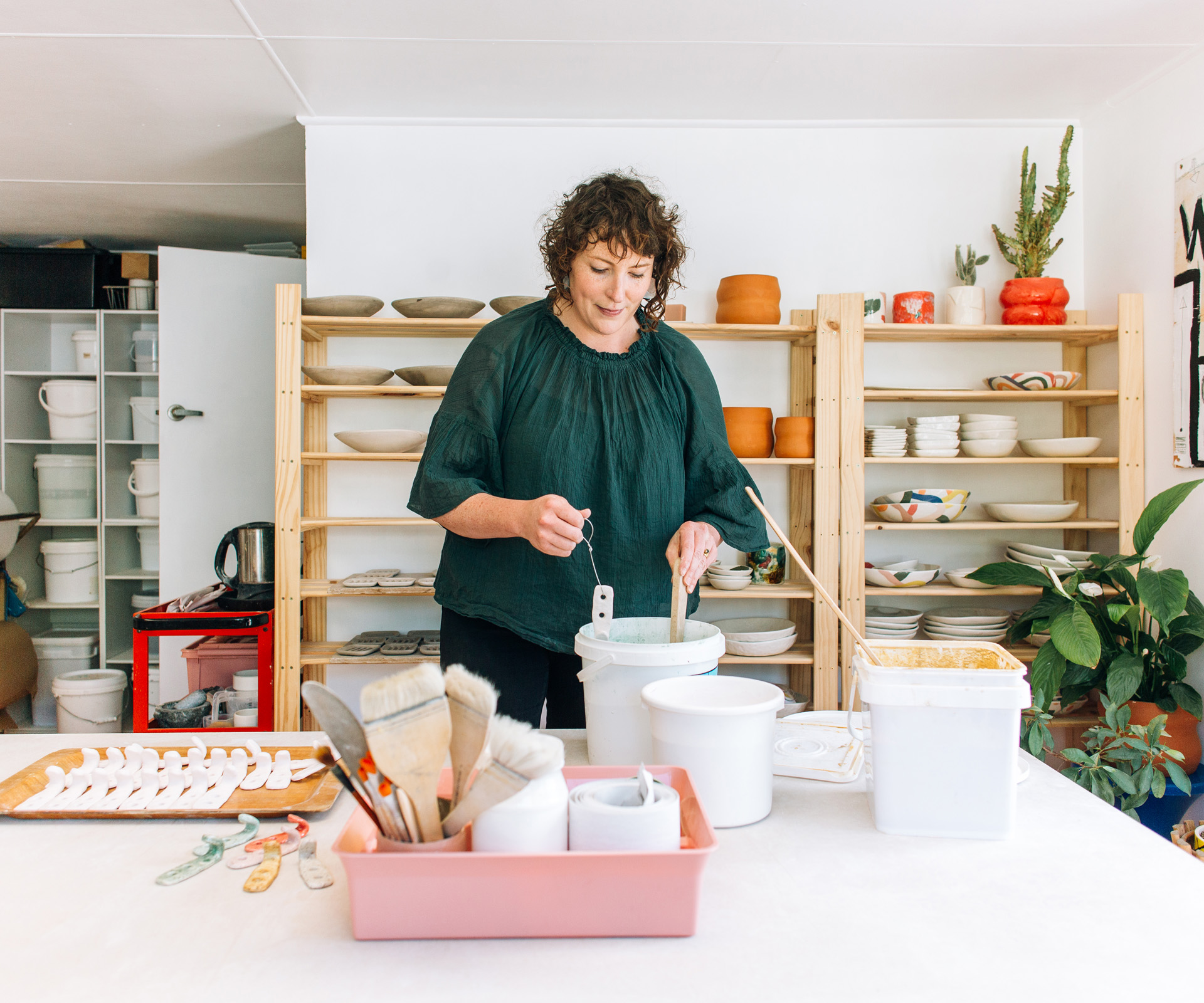
You’ve done some really cool collaborations – what have been some memorable ones?
I’ve been really lucky. My favourite was the one I did with clothing label Kowtow. It’s a brand I really admire and respect, and they started out of Wellington, too. The work I did for them, with coloured inlay, was the first design I’d done in that style. I had all the pieces made but unfired, standing on the shelves, when the Kaikoura earthquake struck. I went up to the studio the next day and… nothing had even moved. I was so lucky. I fired all this work and got it off to Kowtow and it all sold and people still message me about it. Unfortunately it was a limited edition; you can’t buy it any more and even I only have one piece.
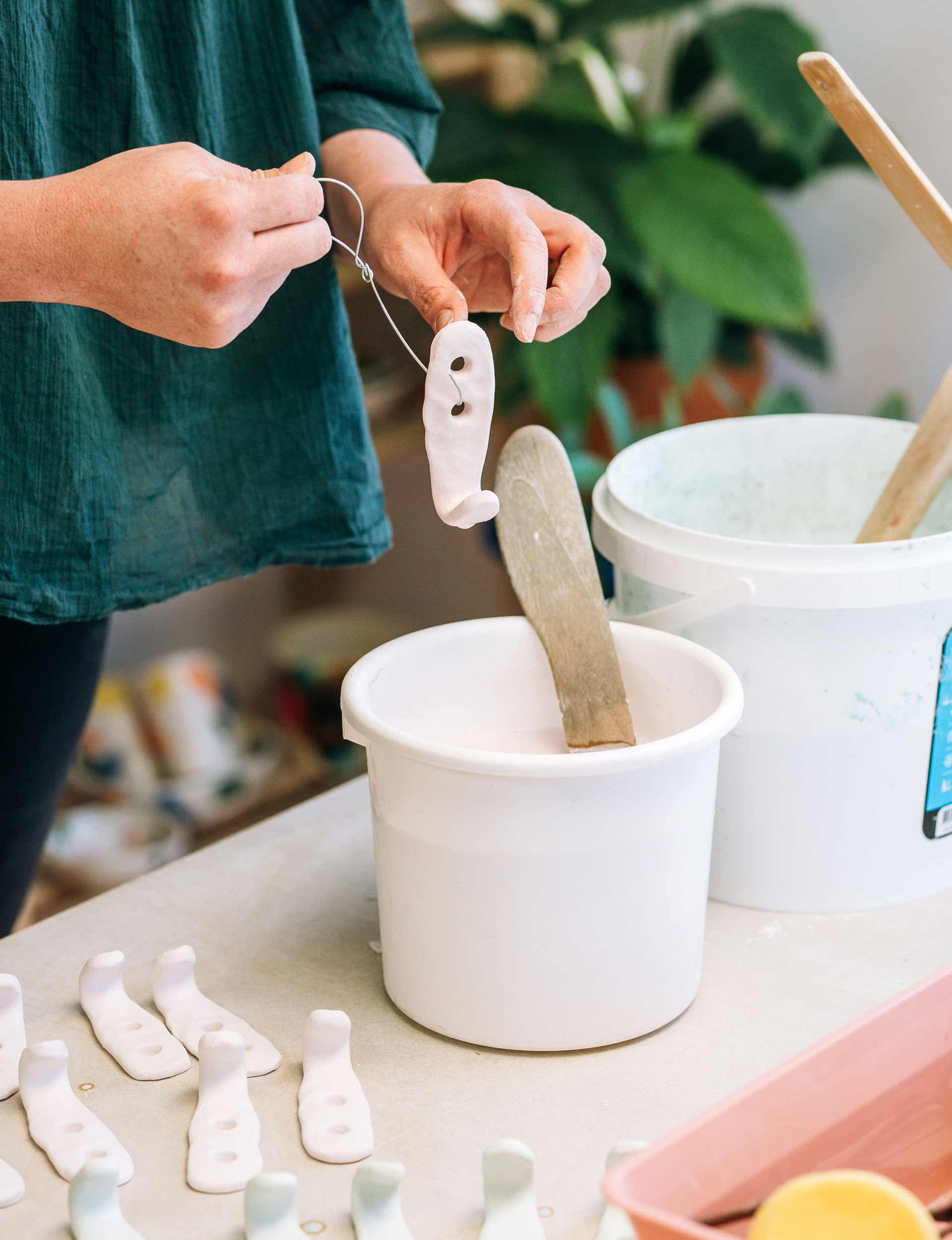
What’s it really like being a ceramicist? What are the things no one tells you?
Working with clay takes a real toll on your body. Sore back, sore wrists, dry hands, bad nails… it’s not glamorous. My hands are starting to look ancient. I know people who got out of pottery because it’s such hard labour. It’s also expensive – the raw materials and machinery are really expensive, or to hire the facilities for firing work. It’s really difficult to make enough to get a business off the ground that way.
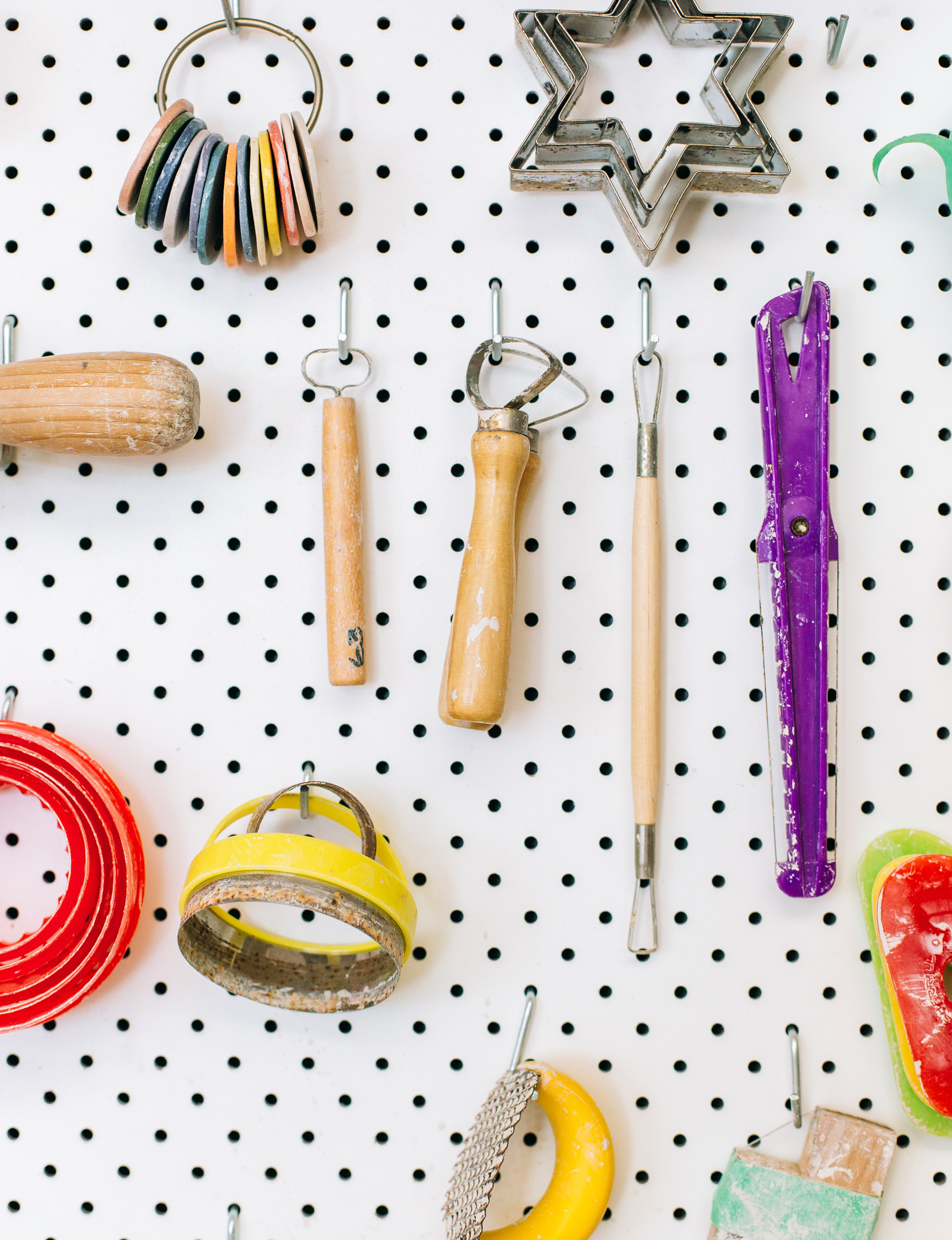
What are the best and worst things about being a creative working in New Zealand?
The best is that it’s quite a small community and people on the whole are really supportive. I’m in a private chat group with other relatively new potters where we share experiences, advice and glaze recipes, and it’s really lovely. I try not to dwell on any negative stuff, but I wish there was a place that curated different, quirky work – something in between a homeware store and a gallery, like Modern Times in Melbourne. It would also be great if we could encourage people to start collecting interesting pottery, as well as just buying one tasteful mug!
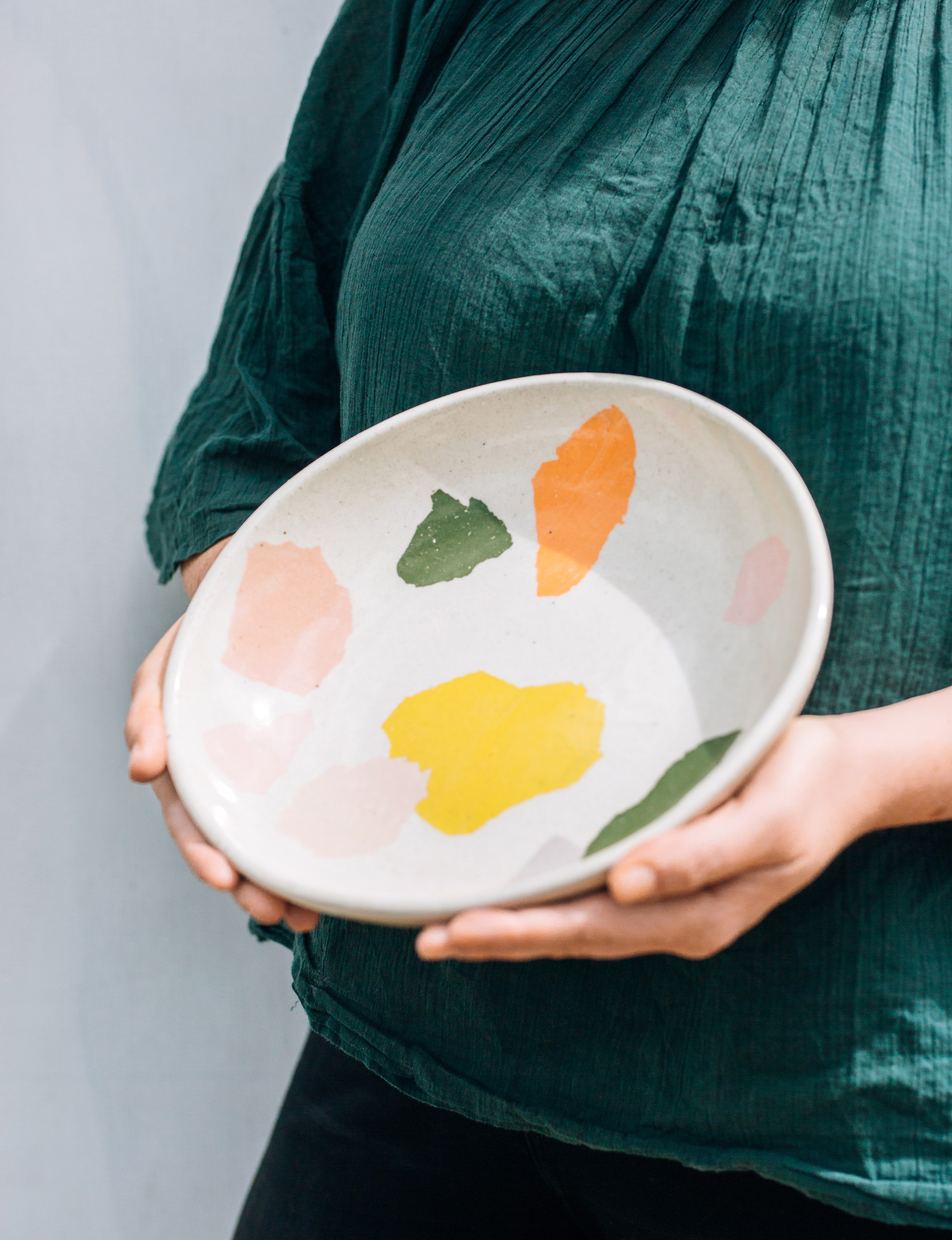
Which other creatives inspire you?
I was lucky enough to meet Bari Ziperstein last year when she came out here. Her LA-based studio is very aspirational; such a perfect mix of art and function. I love Australian painter Ken Done and have done since I was a child. Locally, I admire Esther McDonald of Thea Ceramics; she makes such beautiful tableware with consistent quality. She is always generous with her kindness and knowledge. Also a dear old friend of mine, Marina Davis of Ovna Ovich, who is devoted to making environmentally and socially sound womenswear, all made in New Zealand and very elegant.
What advice do you have for an aspiring ceramicist?
Practise, practise, practise. And find your own style. It’s good to trawl through Insta and be inspired, but if you’ve seen it before – don’t make it. Find your own voice.
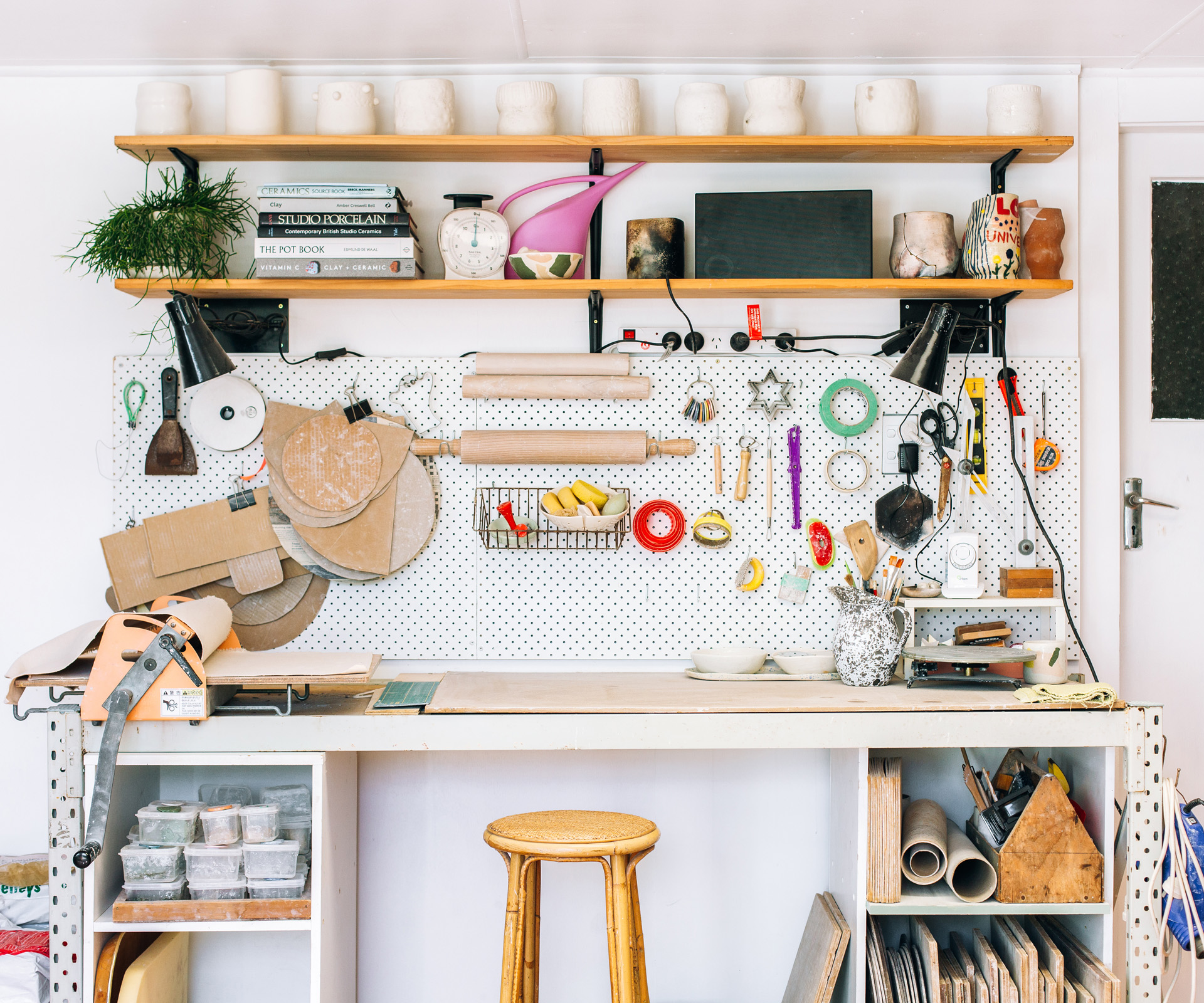
Any exciting future projects you can tell us about?
I’ve just had my second baby so it’s hard to think about taking on any ambitious new projects at the moment! But I’m taking January to play on the wheel and try out some new ideas I’ve been thinking about for a while, some more art-focused work.
We bought a house and moved to Greytown last February, where we’ve built a home-based studio so I can work and be here for my children. I’m really excited to have such a beautiful, purpose-built space to try out new ideas. The next stage is to build another shed for the giant gas kiln and a slip-casting area.
Words by: Sally Conor. Photography by: Anna Briggs.
This article was first published in Your Home and Garden. Follow YHG on Instagram, Facebook and sign up to the fortnightly email for inspiration between the issues.
EXPERT PROJECTS

Create the home of your dreams with Shop Your Home and Garden
SHOP NOW











